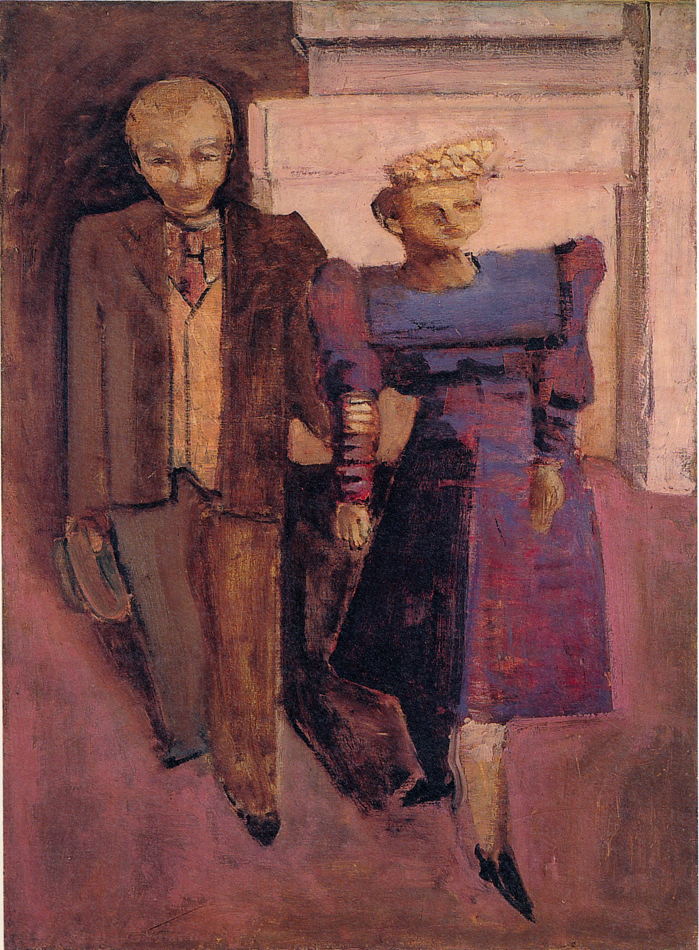
Cy Twombly – Cold Stream, Rome – 200 x 252 cm (79 x 99 in) – oil based house paint and wax crayon on canvas
One of the most fascinating considerations in art is painting the intangible and this wonderful painting by Cy Twombly conveys this magnificently. He has presented the act of doing, inviting us to participate with our own imaginations. This is the greatest power of abstraction and I will accept his invitation and proceed with my interpretation of this intriguing painting.
I immediately engaged with the very core of abstraction, the act of marking, which we have been doing for a long time and continue to do so today. Twombly’s swirls prompted me to consider how our desire for rhythm played a prominent role in the development of writing. We see this common thread in the symbols from diverse cultures. And we do not have to be able to read the markings to appreciate the desire for rhythmic movement through the symbols or characters.
Twombly’s natural movement of the swirls represents the gestural root of writing. The composing of symbols so they flow and come to represent language is our greatest achievement. His painting provided me an uncluttered gateway to thinking how all those who’s acts of doing became the foundation of culture and civilization.
I will always look forward to Twombly’s intriguing invitations..
________________________________________________________________________________
On another level, engaging with Twombly’s exquisite composition is a joyful dance, feeling immediate and delightful. How he contained the wonderful swirls is masterful. I found myself being elegantly guided through the painting feeling the rhythmic emphasis. Arriving at his beautifully considered focus in the third row up from the bottom where the swirls are a little tighter and more layered than the rest of the painting was a joy.
I loved how he anchored the composition at the bottom right corner with a line creating a structural triangle. Magnificent.

